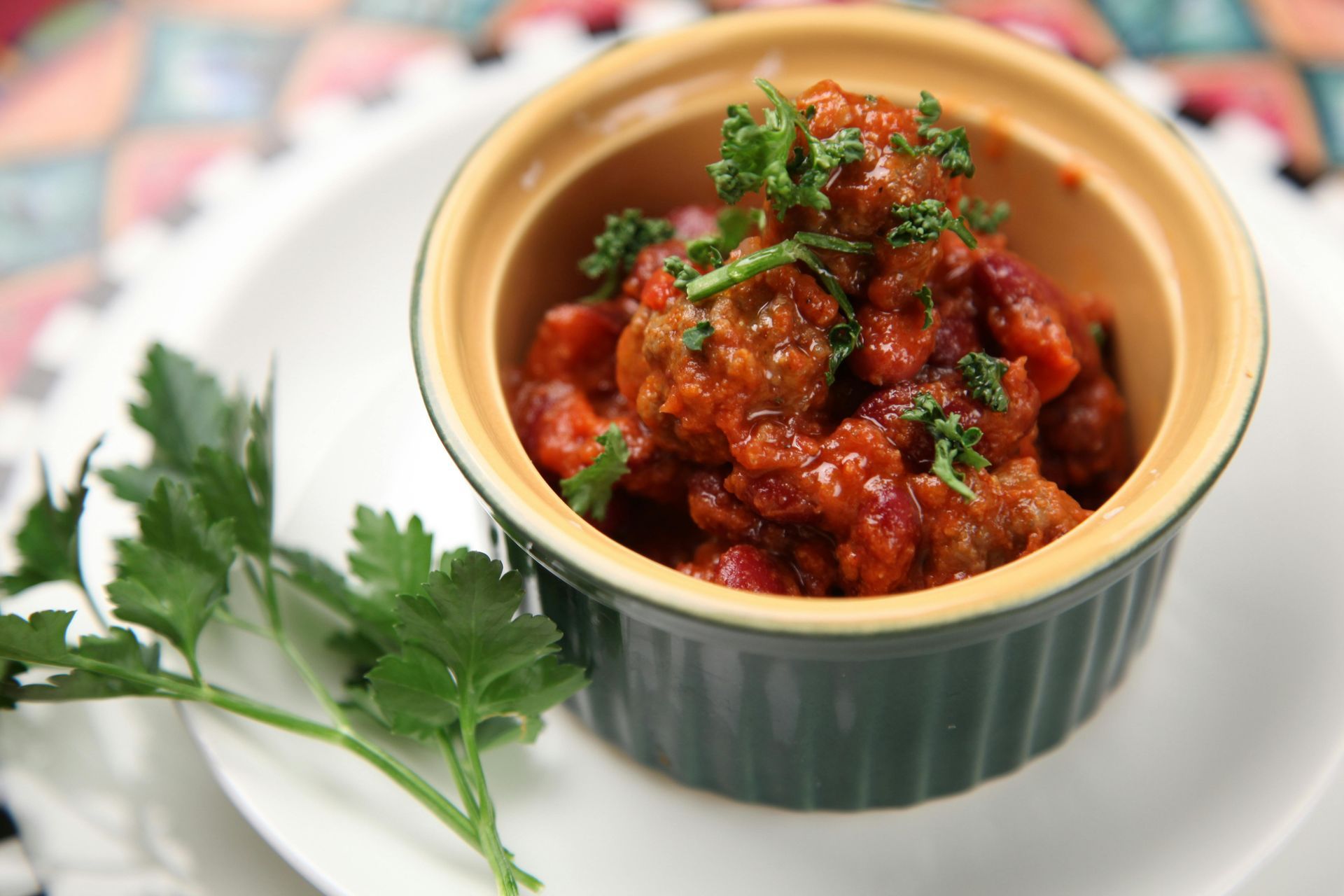3 Surprising Health Benefits of Fiber
This unsung Hero does more than just help you poop

In the universe of nutrition, I've noticed some superheroes fly under the radar, overshadowed by the more glamorous champions like protein or collagen. Among them stands dietary fiber, quietly working its magic to support our digestive system and help us feel full. But did you know that fiber has some other surprising aspects of our health? For a deep dive into how fiber can save your life, watch our podcast on Why Fiber Will Save Your Life by clicking here.
In this blog I'm going to share three lesser-known benefits of fiber and how you can easily increase your fiber without giving up your favorite foods or experiencing any - ahem - undesirable side effects.
#1. Deeper Sleep

You might be surprised to know that your fiber intake can impact the quality of your sleep.
A study published in the Journal of Clinical Sleep Medicine in 2016 found that a diet high in fiber, particularly from fruits and vegetables, was associated with better sleep quality and longer sleep duration. When our carbs come from processed foods like bread, pasta, and sweets, we can experience sugar spikes, which can cause mood swings, dramatic drops in energy and disrupt sleep patterns. Fiber helps slows down the absorption of sugar and evens out blood sugar levels, and prevents those spikes and crashes that can make us wake up groggy in the morning.
As a bonus, fiber-rich foods contain magnesium and tryptophan, which promote relaxation and the production of sleep-inducing hormones like serotonin.
Want to learn more about food and sleep, watch our podcast on how to Navigate Late Night Eating. The next benefit may surprise you even more! Or you can keep reading to learn the next surprising benefit of fiber.
# 2. Easier Breathing

If you struggle with respiratory issues like asthma or allergies, fiber could help! I has to do with inflammation.
Adding more fiber to your diet could offer unexpected relief inflammation in the lungs. Research published in the European Respiratory Journal in 2017 suggests that a high-fiber diet is associated with reduced airway inflammation and improved lung function in individuals with asthma.
Furthermore, a study in the journal Nutrients in 2019 found that fiber-rich foods possess anti-inflammatory properties, which can help alleviate symptoms of respiratory conditions. By nourishing your gut with fiber, you may find yourself breathing more easily and experiencing fewer respiratory symptoms.
A Quick Tangent: When treating medical issues, it's often a a good idea to pair strategies to optimize benefits. Such is the case here. While you're chomping down that apple, try breathing through your nose. Nasal breathing and fiber together can create a powerful synergy to support overall respiratory well-being.
By nourishing your body with fiber-rich foods and adopting nasal breathing techniques, you're not only addressing inflammation and promoting lung function from within but also optimizing the way you breathe, enhancing oxygen intake, and improving respiratory efficiency.
The next benefit of fiber will go pretty deep so buckle up!
# 3. Bone Health

This is probably the most surprising benefit of fiber!
While calcium often steals the spotlight when it comes to bone health, fiber (and protein) also play a crucial role in keeping our skeletons strong and resilient. According to a study published in the American Journal of Clinical Nutrition in 2015, certain types of fiber, such as inulin and oligofructose, enhance the absorption of calcium and other minerals essential for bone density.
Additionally, fiber-rich foods like fruits and vegetables contain nutrients like vitamin K, magnesium, and potassium, which contribute to bone health by supporting bone formation and reducing the risk of osteoporosis.
Quick Caveat: Our bones are made of a matrix of protein and collagen. Calcium and other minerals fill in the spaces between the structures, creating a flexible, strong bone. Think of a skyscraper that needs to bend with the wind. Fiber help the bones know how much and where to put the calcium in that matrix so you get the optimal amount. He took a deep dive in our podcast on protein, take look here.
So now that you know the benefits of fiber, you may be asking "How do I get fiber and how much do I need?"
More importantly, how do we get enough without the pain and suffering that fiber has a reputation for?
Here's a quick 10-grade-level review:
Fiber is a type of carbohydrate found in plants. We don't actually digest it. It passes through our digestive system like a scrub brush.
It comes in two forms: soluble and insoluble, each with unique health benefits.
Soluble fiber dissolves in water, forming a gel-like substance that helps regulate blood sugar and cholesterol levels.
Insoluble fiber is what fiber is famous for; it adds bulk to stool, promoting regular bowel movements and preventing constipation.
Where do we get it? Basically in whole foods.
And when you do have access, here's the best sources:
- Fruits: Such as apples, bananas, berries, oranges, and pears.
- Vegetables: Including broccoli, carrots, spinach, kale, and Brussels sprouts.
- Whole Grains: Like oats, brown rice, quinoa, barley, and whole wheat bread and pasta.
- Legumes: Such as beans, lentils, chickpeas, and peas.
- Nuts and Seeds: Including almonds, chia seeds, flaxseeds, and pumpkin seeds.
If you don't have access to those, you can get fiber in powder form or in a bran cereal.
Now how much? Somewhere between 20 and 40 grams per day. In practice, that looks like a cup or more of fruits and vegetables per meal.
***Beware of too much too soon. If you are a new passenger on the Fiber Train, you may experience some bloating or gas if you eat more than your body can handle. Start with just a cup at one meal per day. Give your body time to get acclimate to the increase in fiber.
And if you have a sensitive digestive system, cook your vegetables by steaming, sauteeing, boiling, or my favorite, grilling. Fermented vegetables such as saukraut, pickles, and kimchi also feel good in the gut and add fiber to your diet.
Now that we've discovered our humble friend, fiber, we don't want to ignore "the cool kids" of nutrition, protein and collagen. We still need them too! Yet, as we've discovered, fiber's benefits extend far beyond mere bowel regularity. From promoting deeper sleep and easier breathing to fortifying our bones, fiber plays a multifaceted role in supporting our overall health and well-being. So, let's celebrate this unsung hero and give it the recognition it deserves by making fiber-rich foods a staple in our daily diets. After all, true health isn't just about looking good—it's about feeling good from the inside out.
Are you’re ready to create an active lifestyle?
Progressive Athletics has helped 100’s of adults create the active lifestyle they want.
Contact with any health question and one of our pros will be happy to answer. No strings attached!
Contact Us
We will get back to you as soon as possible.
Please try again later.
New Paragraph


Location
8835 Columbia 100 Pkwy, Suite B, Columbia MD 20145
Hours
Open for classes and appointments only.
- Mon - Fri
- -
- Saturday
- -
- Sunday
- Closed
